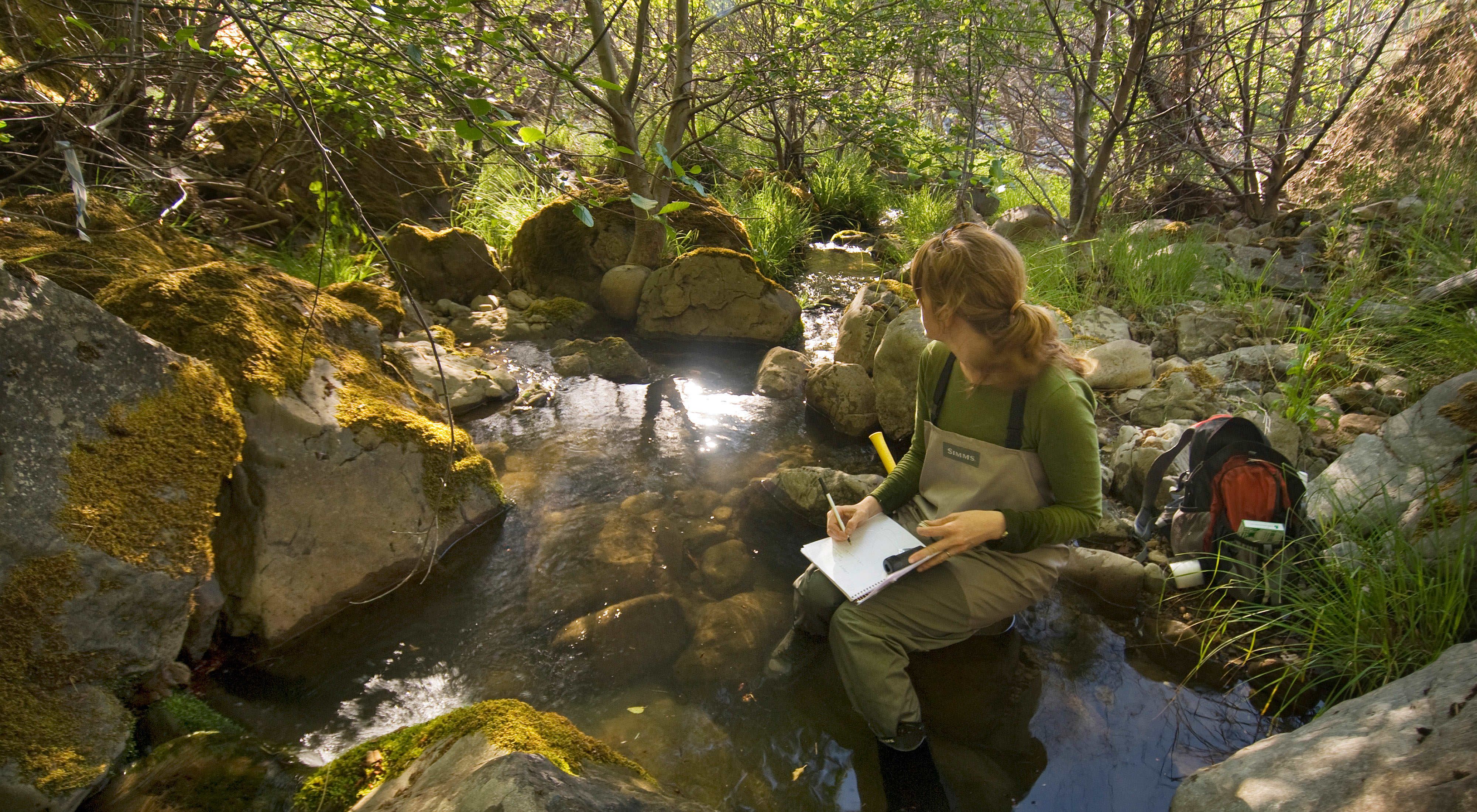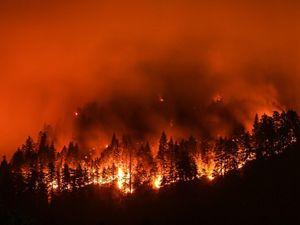INTEGRATED CONSERVATION THROUGH INNOVATIVE PARTNERSHIP
In 2004, The Conservation Fund, The Nature Conservancy, the California State Coastal Conservancy and the Wildlife Conservation Board joined forces to acquire 23,780 acres of former industrial forest land in the heart of the Garcia River watershed.
The Conservation Fund owns and manages the land, while TNC holds a conservation easement that protects the Garcia River Forest from development and unsustainable harvest practices.
REDUCING EMISSIONS
Redwood forests can store more carbon than any other forest type on the planet. Careful forest management at the Garcia River Forest allows this forest to grow bigger trees more quickly and capture more than 77,000 tons of carbon annually.
In 2008, the California Climate Action Registry—having developed the most rigorous standards for forest carbon accounting in the world—certified the Garcia River Forest as a source of carbon credits. The Conservation Fund has sold carbon credits since then, with the proceeds helping to pay for stewardship activities on the property.
A WORKING FOREST
The Conservation Fund manages a program of “light-touch logging” in the Garcia River Forest. In contrast to clear cutting, this method only removes one-quarter to one-third of the total timber volume in a stand and actually helps restore the forest. By selecting and harvesting only some trees from crowded, young, even-age stands, The Conservation Fund is able to reduce competition for resources among the trees. The remaining trees grow bigger and stronger at a faster rate and thus store more carbon.
Additionally, by speeding growth and encouraging development of different age classes of trees, this type of management helps create complex forest habitat important to threatened and endangered species like the northern spotted owl and coho salmon. Further, sustainable timber management bolsters the regional economy by creating jobs and by supplying the local mill with timber.
HABITAT PROTECTION AND RESTORATION
California’s North Coast redwoods represent one of the rarest forest environments in the world. The region sustains many species, including yellow-legged frogs, mountain beaver, northern spotted owl, marbled murrelet, coho and Chinook salmon and steelhead trout.
In addition to improving forest habitat, one of the important goals of this project is to restore aquatic habitat, particularly for the coho salmon, which is threatened with extinction on the North Coast.
At the Garcia River Forest, a build-up of fine sediment from poorly constructed historic logging roads made the river and associated streams shallower, warmer and much less hospitable to coho and other species adapted to cold water. Intensive logging also greatly reduced canopy cover that shades and cools streams and reduced the quantity of naturally occurring instream wood such as fallen trees. These fallen trees provide important cover from predators and help produce the deep, cool pools in which the young salmon rear. Since 2008, the project partners and public agencies have restored over 10 miles of summer habitat for salmon on the property.
Coho salmon are now regularly observed in the area, and the project partners are hopeful that ongoing restoration investments, such as rehabilitating logging roads, floodplain restoration, and additional installation of large fallen trees in streams throughout the watershed, will improve key habitat for this endangered fish and aid in its recovery.


